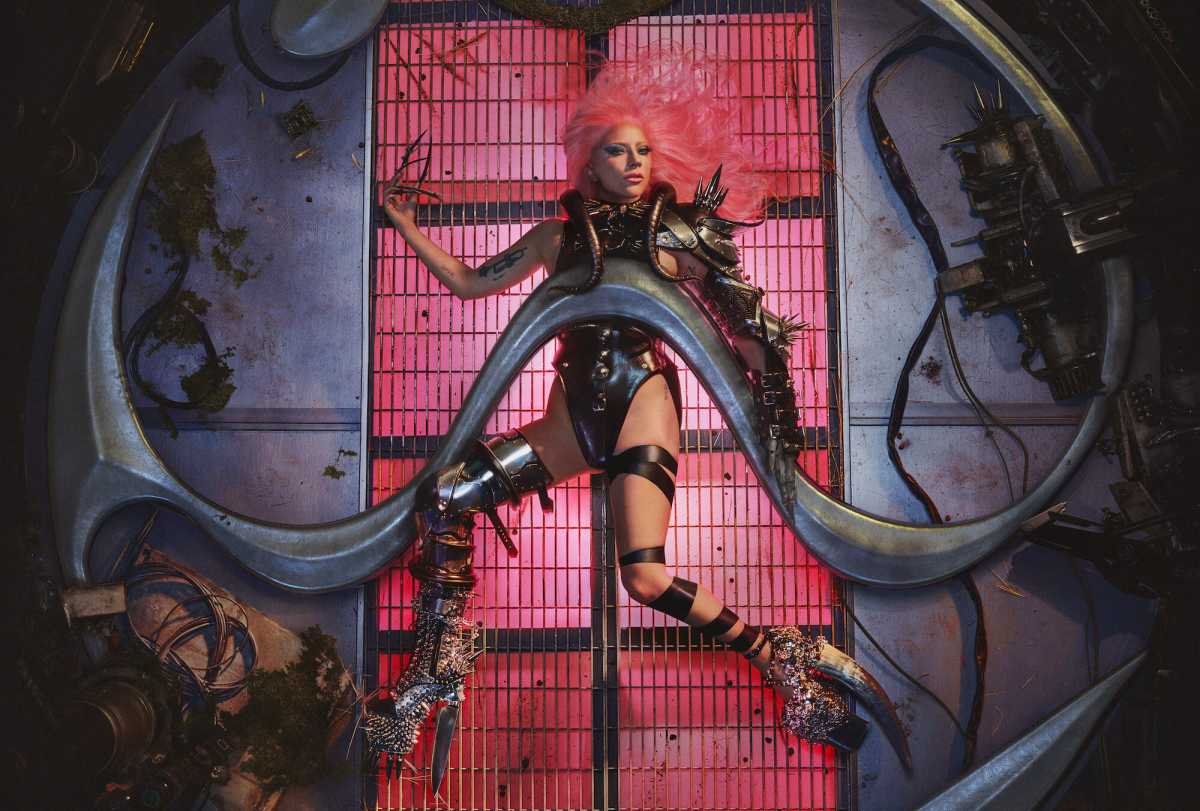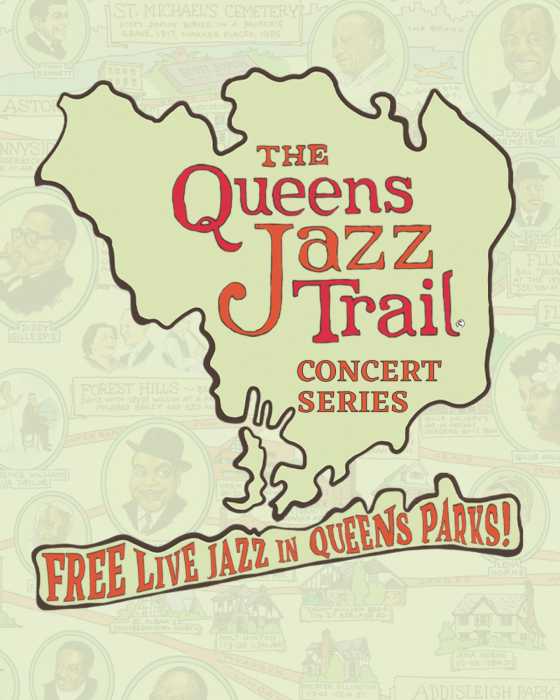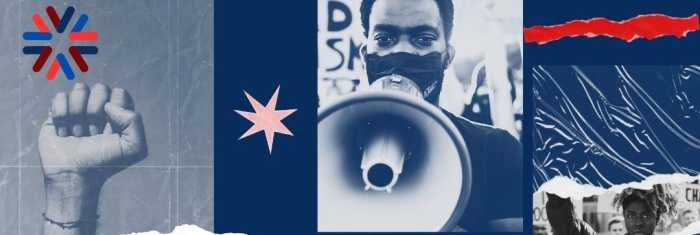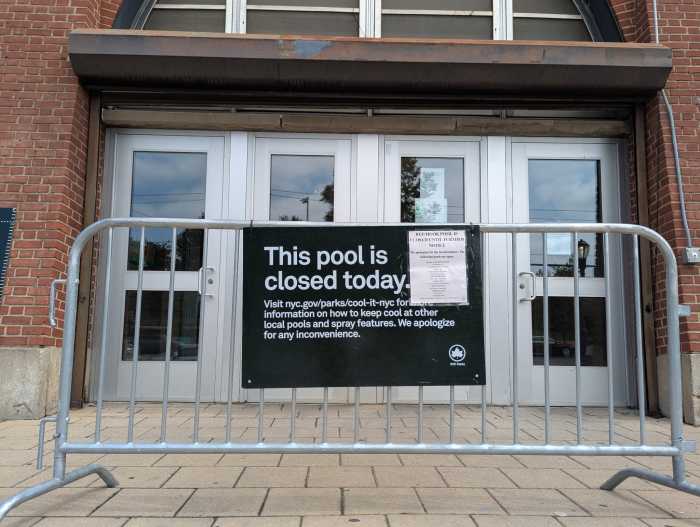Lady Gaga sealed her ascension from mainstream pop girl to one of the defining signifiers of contemporary gayness with “Born This Way” in 2011. Although she’s bi herself, it was calculated to land with her gay male fans. But while the song probably had a real political impact, popularizing the idea that LGBTQ identity isn’t a choice, it contradicts her aesthetic as an artist.
She was born Stefani Germanotta but dreamed up Lady Gaga. Even her best music wouldn’t land with the same impact without her reliance on visuals. When she changed her sound away from the image-driven dance-pop of “The Fame,” “The Fame Monster,” and “Born This Way,” she won some new fans who thought she had achieved a new authenticity, but she seemed most real acting out bizarre scenarios in $300,000 videos.
Had she started out with an album of duets with Tony Bennett, a major label probably would never have signed her. And it wouldn’t have gone gold without the benefit of her stardom. Just when her career seemed to be flagging, her role in Bradley Cooper’s 2018 “A Star Is Born” gave it a new push, possibly making her safe for heterosexual men at last. The soundtrack’s breakout song, “Shallow,” got to #1 in the wake of its win for Best Song at the Academy Awards. It also stood out in the pop landscape of the time; in the ascendancy of gloomy trap beats, it could pass for a Linda Ronstadt and Don Henley duet from 40 years earlier.
But Gaga has constantly reinvented herself. Her first album closed with a promise of “Disco Heaven.” Her latest, “Chromatica,” returns to it, drawing on house music and synth-pop.
At the key moment of “Shallow,” Gaga’s voice leaps an octave. In the context of “A Star Is Born,” this represents her character’s growing confidence about her songwriting and performing onstage. But even just listening to the song alone, it’s exhilarating, if also a bit gimmicky. For a singer with an impressive vocal range, she has always been willing to sound flat or robotic, as well. (Take the nursery rhyme earworm “Rah-rah-ah-ah-ah/ Roma, Roma-ma/ Gaga, ooh la la” from “Bad Romance.”) She’s also taken a cue from Madonna and adopted an occasional affected mid-Atlantic accent. While “Enigma” takes her voice to its highest reach, her duet with Ariana Grande, “Rain on Me, ” powerfully contrasts Grande’s R&B-derived emoting with her colder tone.

This album’s lyrics rely on the irony of the sad banger. Despite the vast amount of music inspired by recreational drugs, much less has been written about psych meds. Gaga tries to turn that around with “911,” a catchy dance tune about relying on antipsychotic medication that flips the emergency phone number into slang for pills. It’s one of the album’s highlights.
But “Free Woman” turns her personal experience surviving sexual violence into a series of platitudes out of early 2010s pop. “Plastic Doll” sounds far more passionate, referring to Pinocchio and Barbies to describe her objectification by fame. It also features some of her best singing on the album, as well as a racing beat that enhances the passion of the vocals. A few songs follow a running theme of curdled childhood imagery.
Instead of a dance club, “Chromatica” is ready for arenas. When it works, it’s thrilling: “Rain On Me” achieves a glorious bombast. “911” and “Plastic Doll” also rank with her best songs. But when Elton John joins her for “Sine From Above,” it’s as empty as a Meat Loaf comeback attempt. The K-pop girl group Blackpink barely make themselves felt on “Sour Candy.” “Babylon” re-writes Madonna’s “Vogue” just as “Born This Way” pulled from “Express Yourself,” only to much lesser impact.
Too much of the album, like the first single “Stupid Love,” is content to be blandly pleasant, with no real quirks. It’s filled with potential hooks that don’t sink in. Song after song relies on generic house music piano chords. The genre “experimentation,” such as the lifts from gospel and drum’n’bass on “Babylon” and “Sine From Above,” feels random and gimmicky. Nothing grates, but only a few songs really stick.
“The Fame” debuted in a culture where pop music was a dirty word, and queer identity was far more closeted than it is now. Her third album, “Artpop,” tried very hard to put Lady Gaga in the pantheon of ever-changing, experimental yet accessible artists like Prince, David Bowie, and Bjork. Its excess didn’t quite work, but its ambition didn’t ring hollow. But despite some very attractive songs, the sheen of “Chromatica” does.
When Lady Gaga started out, taking dance-pop as seriously as indie rock and relying on elaborate videos and stage shows to communicate your vision would get you patronizing reviews. Now, Dua Lipa’s neo-Studio 54 “Future Nostalgia” is one of the best-received albums of 2020. The popularity of poptimism over the past decade owes something to the possibilities she embraced and opened up, building upon glam-rock and disco to take a sensibility explicitly grounded in queer culture (and MTV circa 1984) into cultural inescapability. But Lady Gaga’s first two albums are now old enough to have become nostalgic influences on songs like Ava Max’s “Sweet But Psycho.” “Chromatica” doesn’t really answer the question of how an artist can return to a world she shaped.
LADY GAGA | “Chromatica” | Interscope Records | http://smarturl.it/Chromatica
To sign up for the Gay City News email newsletter, visit gaycitynews.com/newsletter.


































